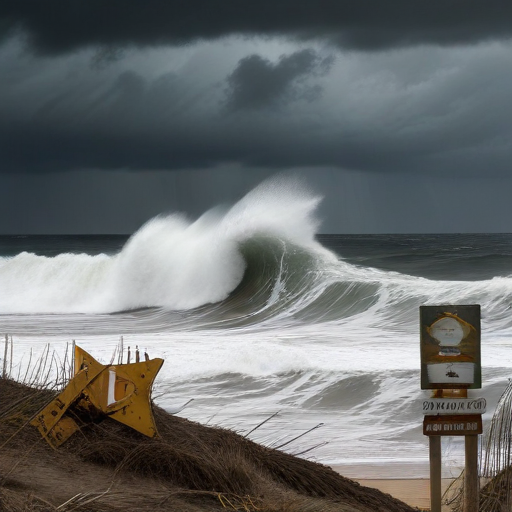A powerful storm termed a “bomb cyclone” is wreaking havoc across the northwestern United States and parts of western Canada. The intense weather system has unleashed high winds, flooding, and substantial snowfall, affecting over seven million residents along the Pacific coast. The storm has resulted in widespread power outages, leaving hundreds of thousands without electricity, and has tragically led to the death of at least one individual—a woman whose shelter was struck by a fallen tree near Seattle.
As conditions unfolded Wednesday, reports emerged of downed trees damaging homes and obstructing roadways, particularly in Washington state. With powerful winds, over 600,000 households in Washington experienced power outages, while California faced outages for around 15,000 customers. Schools in Washington have begun to close or adjust schedules in response to the severe conditions. The Bellevue Fire Department’s social media warning urged residents to seek shelter on the lowest floor and avoid windows, emphasizing the dangers posed by falling trees.
In northern California, the US Weather Prediction Center issued warnings for excessive rainfall, raising concerns about flash flooding and mudslides, particularly around the San Francisco Bay area, where up to 8 inches of rain could fall. The severe weather has extended into Canada, notably affecting Vancouver Island with wind gusts reaching up to 100 mph, and leading to approximately 140,000 power outages in British Columbia.
As the storm progresses, forecasters predict blizzard conditions in the Cascade Range and prolonged rain in northern California, raising further concerns about potential rockslides, debris flows, and heavy mountain snowfall. Although the winds are expected to calm by midday, the atmospheric moisture in northern California could lead to ongoing rainfall through the week.
A bomb cyclone is characterized by a rapid drop in central air pressure, intensifying quickly and leading to extreme weather variations, including severe thunderstorms, blizzards, and heavy precipitation. Experts note that while such storms are not uncommon during this season, the combination of an atmospheric river with a bomb cyclone could result in particularly devastating weather.
Despite the destruction caused by the storm, there is hope that affected communities can come together to support each other during recovery efforts. Local and federal agencies, along with volunteer organizations, are poised to respond to emergencies, restore power, and aid those who have lost their homes due to the storm. Community resilience shines in times of crisis, highlighting the strength of collective action in the face of adversity.
